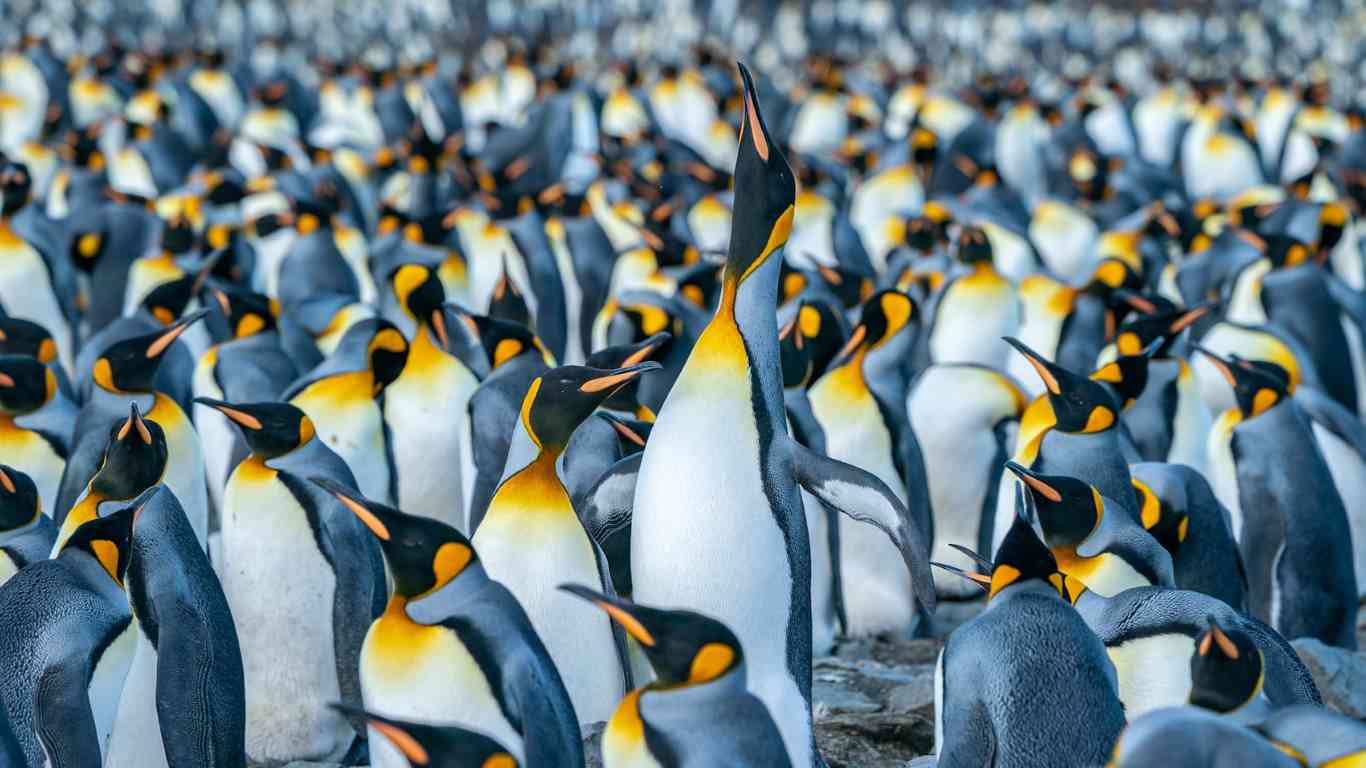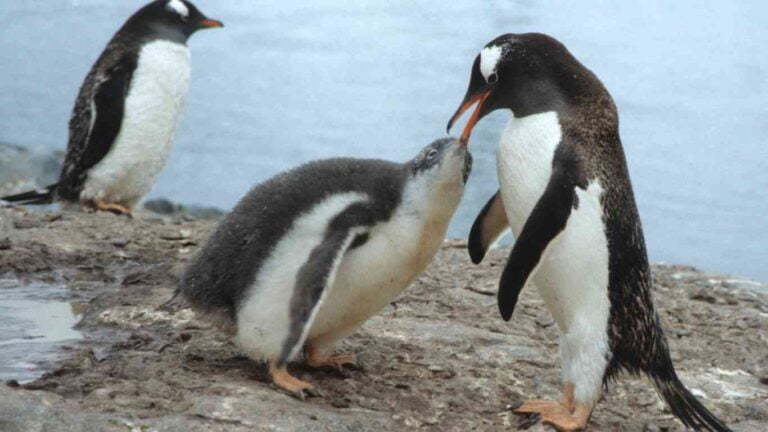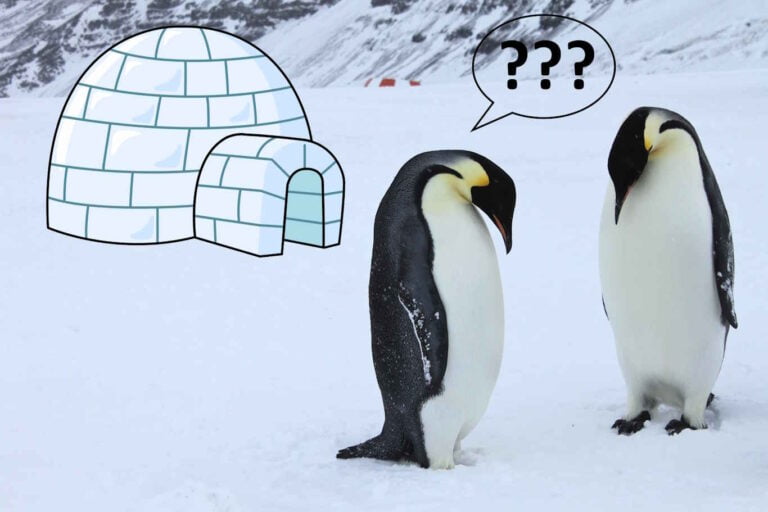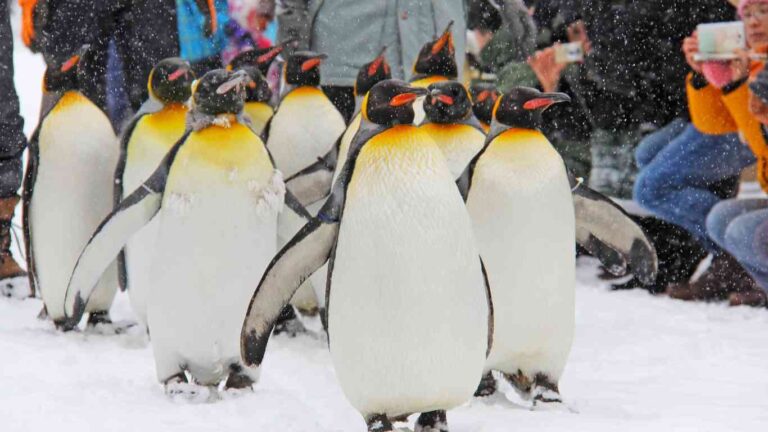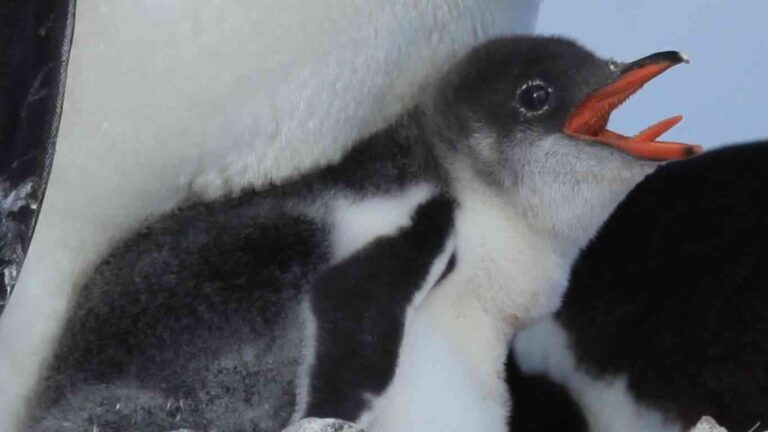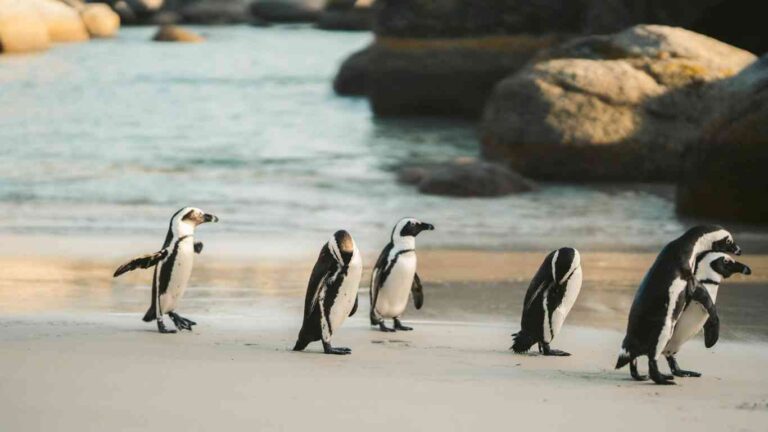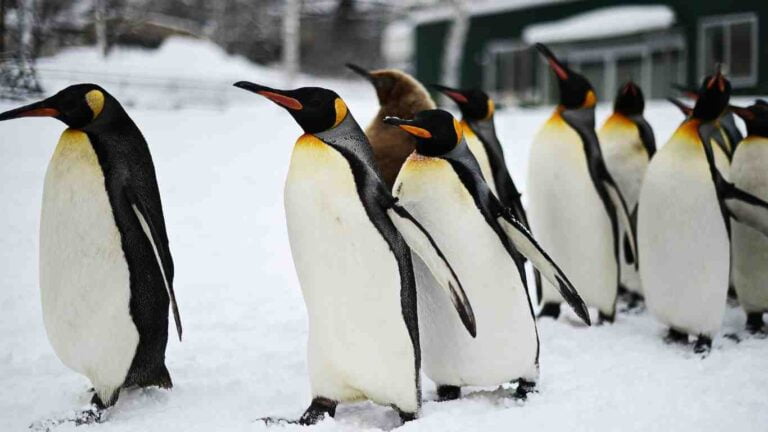What Do You Call a Group of Penguins?
Have you ever seen a group of penguins on a cold beach and wondered what they’re called? Penguins, those endearingly clumsy birds, are frequently seen together, both on ice and in cold waters.
However, the name for their group isn’t as well-known as their frequent appearances in pop culture.
What Do You Call a Group of Penguins?
On land a walking group of penguins are called a waddle, in water penguins group known as a raft and during breeding they gather together in rookeries.
For warmth and protection in extreme cold Emperor penguin groups are known for their huddles, and in a broader sense, a large group of penguins live in colonies where they exhibit social and bonding behaviors.
Penguins gather in different group configurations depending on their environment and situation. And the terminology used for penguins’ groups varies according to their location and activities.
Here is a comprehensive overview of what a group of penguins can be called:
1. Waddle
When on land, a group of penguins is commonly referred to as a waddle because of the unique way they walk.
Just as it sounds, when they move around on land with their awkward yet adorable gait, they form a “waddle” of penguins.
This term captures their distinctive, wobbly movement which can be quite comical to observe.
2. Colony
During the breeding season, penguins come together in large colonies for warmth and protection. These gatherings help them stay warm and protect each other in harsh conditions.
The colonies are important for the survival of the penguins, providing a sense of community and support during the breeding season.
3. Rookery
Rookeries are the breeding sites where penguins return every year to breed. Rookeries are where penguins pair off, build nests, and care for their young.
This congregation provides numerous advantages, including warmth through harsh weather and protection from predators due to the sheer number of individuals present.
4. Raft
As they float and paddle through the ocean’s currents, penguins group tightly together in formations called “rafts”.
This term conveys the image of the penguins floating together on the surface of the ocean as if they were bound together like a raft.
5. Huddle
In the coldest areas like Antarctica Emperor penguins will come together to share body heat and shield each other from the wind.
This dense pack, sometimes forming in the heart of a colony, is referred to as a huddle. It is a survival technique to conserve warmth during those frigid conditions.
6. Crèche
A Crèche is a group of young, semi-independent penguin chicks who stay together for safety while their parents are out hunting for food.
As the chicks outgrow the need for constant brooding, they form these crèches, which helps ensure greater survival chances against predators due to the increased number of eyes watching for danger.
This term is particularly adorable, highlighting the communal care strategy among penguin species to protect their offspring during the vulnerable stages of their early lives.
7. Muster
A Muster is a gathering of penguins before embarking on their long journeys, typically in search of food. During these musters, penguins can assess the situation and synchronize their movements.
This social behavior ensures they all head out to feed at optimal times and can also offer protection in numbers as they move to and from their feeding grounds.
8. Tobogganing
Tobogganing commonly describes how penguins slide across snow and ice. They will lie on their bellies and use their flippers to propel themselves forward in a group.
Named after human sledding, this method showcases their adaptability to Antarctica’s extreme conditions. It’s not only a quick way to travel but also a form of play among the penguins.
These grouping terms and behavior are natural for penguins and show how they have adapted to different environments.
Final Thoughts
The terms waddle, colony, rookery, and raft all serve as powerful reminders of the intricate social structure and unity of penguins in the face of survival challenges, mirroring that of humans.
So the next time you see a group of penguins, whether on land or in the ocean, you will have a better understanding of their fascinating world and be able to identify them correctly.
(Featured post by Rod Long on Unsplash)

